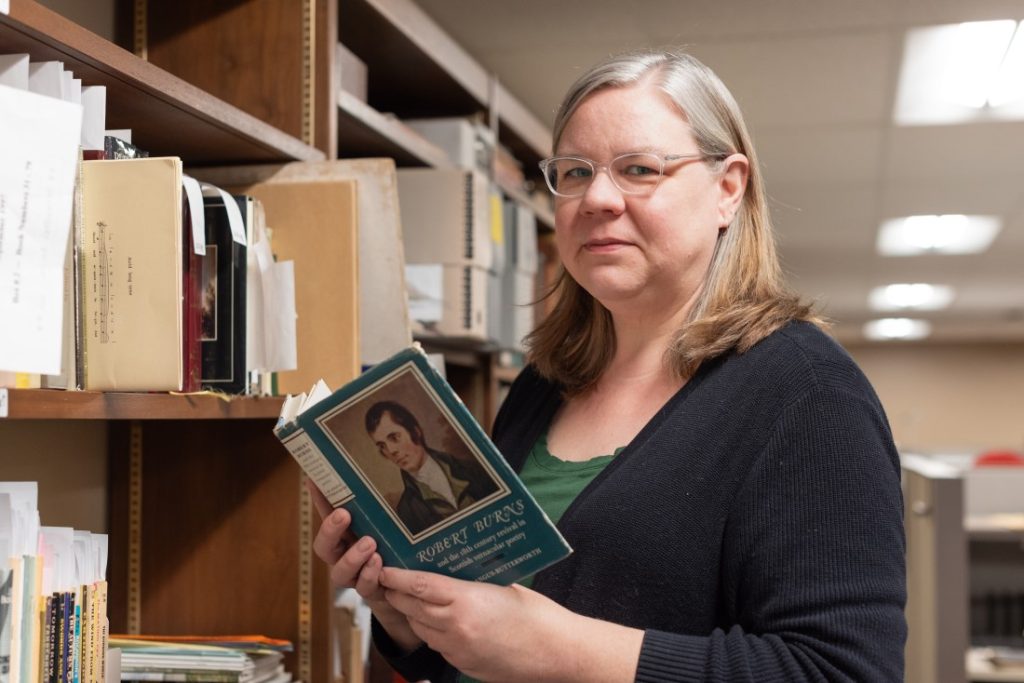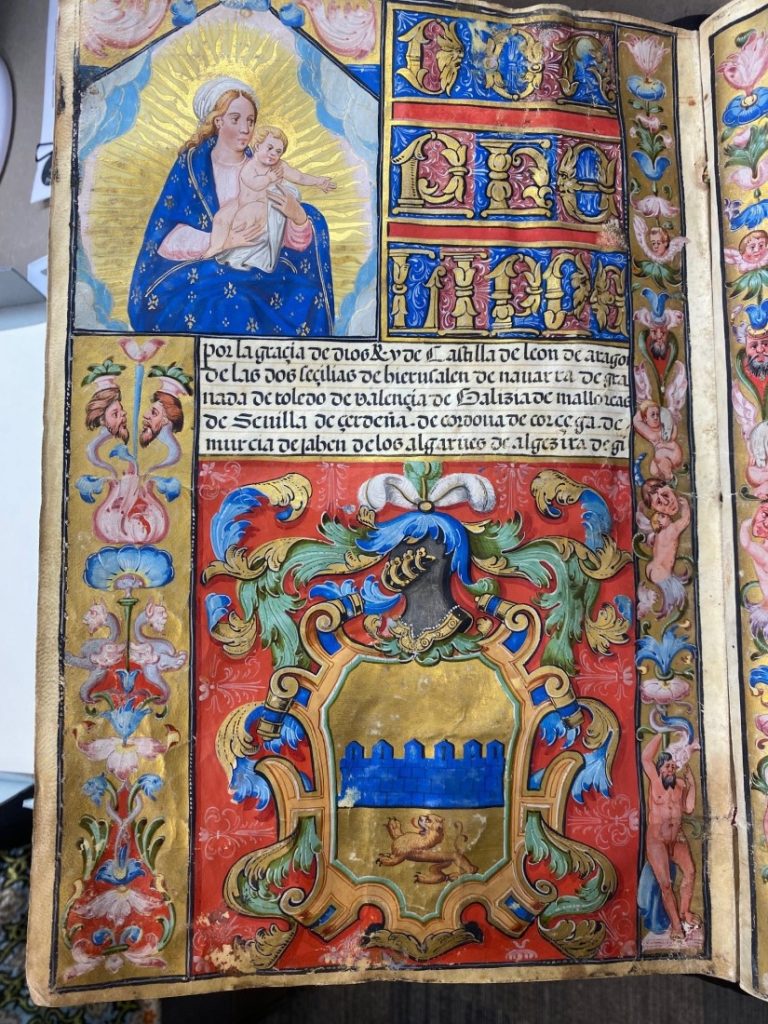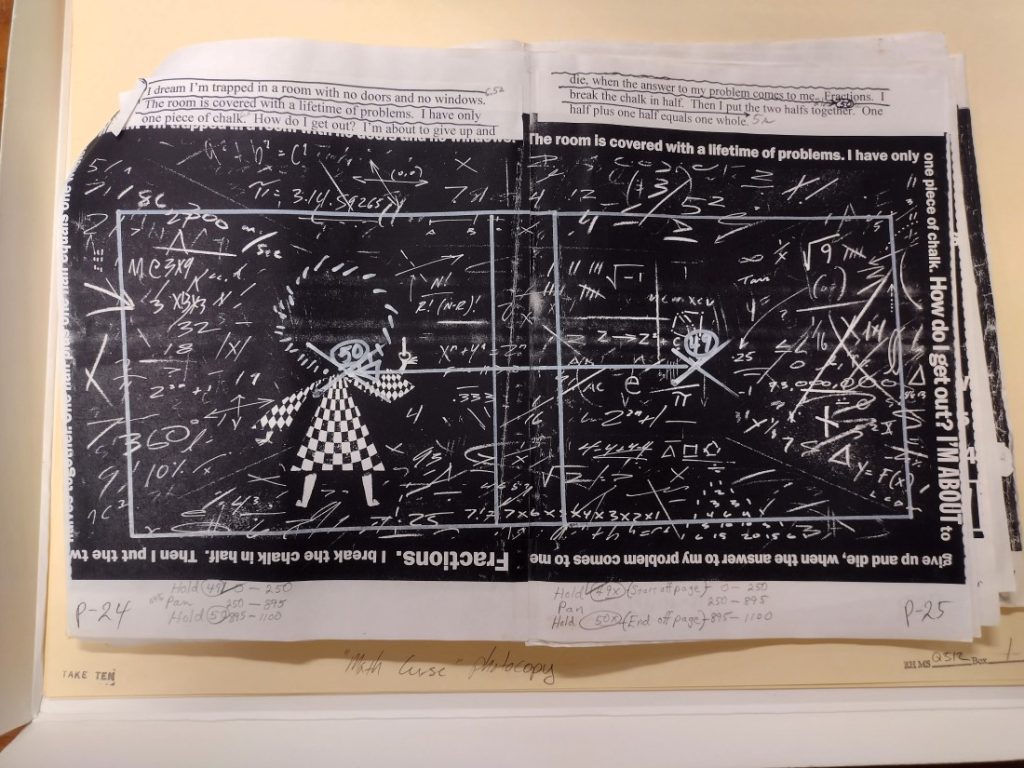Student Spotlight: Oliver Grotegut
April 8th, 2025This is the latest installment in a series of posts introducing readers to student employees who make important contributions to the work of Spencer Research Library. Today’s profile features Oliver Grotegut, a Cataloging and Archival Processing student assistant and a G. Baley Price Fellow.
Please provide some brief biographical information about yourself.
I am a senior at KU majoring in linguistics with a minor in sociology. I started working at Spencer in March 2024.
What does your job at Spencer entail?
My job is to inventory University Archives materials so that ArchivesSpace, our online collection database, can be updated. We gained quite a lot of material in the years since the last update, so this long-term inventory project ensures that anyone can easily find materials we have available in the University Archives.
Why did you want to work at Spencer Research Library?
I wanted to work at Spencer, or really in archives in general, because I was interested in a job optimizing materials for public use and finding relevant patterns and throughlines in large groups of information. I knew that library or archival work was the ideal field to find such a job. I feel my time at Spencer has provided me with an invaluable amount of knowledge from hands-on learning about archival work, information organization, and document care and preservation that I look forward to bringing with me into a career in archives.
What has been most interesting to you about your work?
There has been a lot I have found enjoyable about my work. It has been especially interesting to sort through decades worth of accepted and denied grant applications and project proposals, and seeing what research was considered novel and worthwhile over the years. By far my favorite record group to inventory so far has been the student housing records. So many of the materials in that group – scrapbooks, incident reports, event planning forms – exemplify what life was like for KU students at any given time.
One I think of the most often is a document from the 1950s where all the residents of Miller Hall explain why they would or would not be alright with having a African American resident move into their scholarship hall the following year. The residents provided in-depth, incredibly honest descriptions about their perspectives on the matter. Rightfully, much of the education and discussion of the civil rights movement focuses on the actions and experiences of African Americans at the time. Seeing the privately held opinions of white Americans at the time, especially those occupying all-white spaces, provides a great deal of further context to the realities of the climate at that moment in history. I also find it interesting sociologically that the matter of potentially having an African American resident in Miller Hall was considered worthy of being discussed and voted on, and the existence of the document says a great deal not just about the opinions of the residents but of the student housing administrators. For those interested, the majority of the opinions were in favor of racial integration, and Miller Hall gained at least one African American resident the following year.
On a lighter note, I also like getting to put new labels on the boxes.
Oliver Grotegut
Cataloging and Archival Processing student assistant
G. Baley Price Fellow















